Heritage City
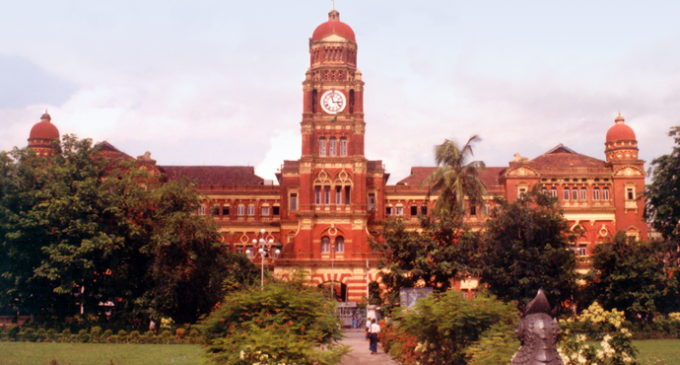
Rich architecuture offers visitors to Yangon a glimpse into the past
As little as five years ago,Yangon was a dark and crumbling city, the roads largely quiet apart from of the occasional decrepit taxi. Now the streets of Myanmar’s biggest city are filled with second-hand Japanese saloons, mostly used as taxis, and the sky punctuated by cranes adding high-rise buildings. Despite rapid development, and unlike other South-east Asian cities, Yangon has retained many of its heritage buildings; an unparalleled collection of 19th and early 20th century architecture. ”I do think the heritage buildings of Yangon play a very important role for tourism in Myanmar,” U Phyoe Wai Yar Zar, president of the Myan-mar Marketing Committee and secretary of the Myanmar Tourism Federation (MTF) told OBG. ”There are more churches than pagodas in Yangon!”
PIONEER: The Yangon Heritage Trust, which is based in a 1920s building that once housed the Ministry of information, is leading efforts to maintain and restore heritage buildings. The trust started offering walking tours of the city in September 2014, with more than 1000 tourists having joined so far. Private guides are also available for architectural students, and there are free tours for local residents to help them learn more about their city. The trust’s tour guides, who all speak English, focus not only on the city’s history, but the often colour-ful stories behind the buildings. The walks are rated highly on the online travel platform Trip Advisor. ”People are becoming more inter-ested in our heritage tours,” Daw May Thway Ko, special assistant to the chairman at the Yangon Heritage Trust, told OBD. ”Previously, Yangon was just a stop-over on the way to rest of the country,” she said.

PARTNERSHIP: The trust works closely with the government and city authorities. Some 189 buildings around the city have been listed as ”historically important” and are protected by law. Where developers once found it easy to get buildings demolished by labelling them as too dangerous to live in, there is now greater awareness about the benefits of preserving the past. A blue plaque project, sponsored by Philips Consumer Lifestyle, the electronics and app-liances arm of the Dutch giant, has also been initiated. There are currently eight plaques located around the city including at City Hall, the Fire Station and Armenian Church. ”Yangon city (centre) should be kept as it is, ”U Win Khaing, president of Myanmar Engineering Society, told OBG. ”Tourists do not come here to see what they can see in their home countries, We cannot build a better skyscraper than they have.”
A DIFFERENT MODEL: Other cities in South-east Asia. notably George Town in Malaysia, Hoi An in Vietnam and Luang Prabang in Laos, which are listed as UNESCO World Heritage Sites, have struggled with maintaining their authenticity without becoming trapped in the past. A public forum organised by the Asia-Europe Foundation in June 2013 titled ”Conservation Strategies for Yangon’s Heritage” recommended that the municipal authorities leverage on the city’s architectural heritage to create a ”great, liveable city with unique, urban characteristics”. The transfer of many government department to Naypyitaw in 2005 left some of Yangon’s largest heritage buildings empty. While some are slowly being reclaimed by the jungle, developers have negotiated leasing agreements for others, to allow for their reuse as museums and hotels. SPA, in partnership with its Singapore-listed arm Yoma Holding, announced in 2012 a $350m plan to develop the site of the former head office of Myanmar Railways into a five-star hotel among a sprawling complex of shops, offices and residential homes.
A luxury Kempinski Hotel is also due to open in the former Police Commissioner’s Office at the end of 2016. Other buildings are so vast, and dilapidated, that it is difficult to come up with solutions. The expansive State Secretariat building remains largely abandoned, although the room where independence hero U Aung San was assassinated has been preserved. It is estimated that it will cost as much a $100m to restore.
The authorities are seeking lessons learnt from other heritage centres in South-east Asia to ensure that Yangon achieves a balance of authenticity and urban dynamism.
Ref: The Report Myanmar 2016
(Oxford Business Group)
./wp-content/uploads/2018/10/Emirate-Online-TDY.png)





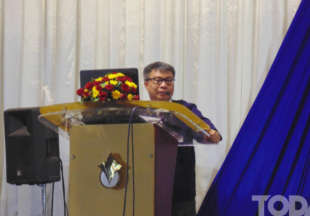
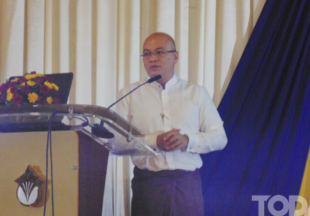

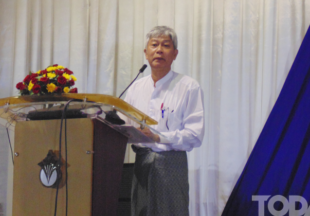
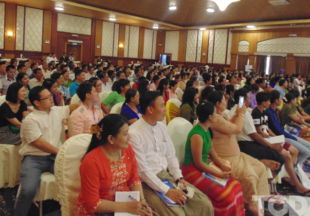
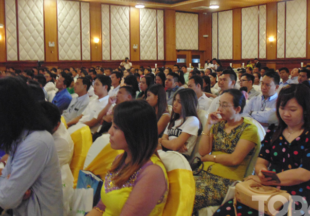


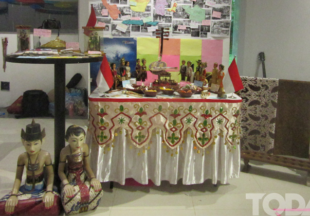

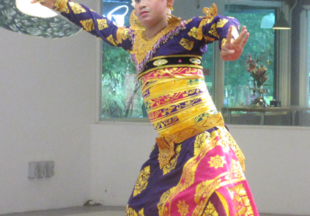

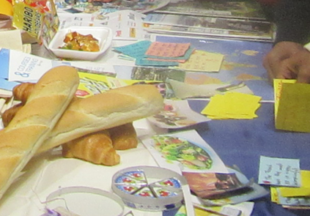










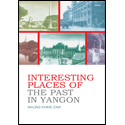


There are no comments at the moment, do you want to add one?
Write a comment